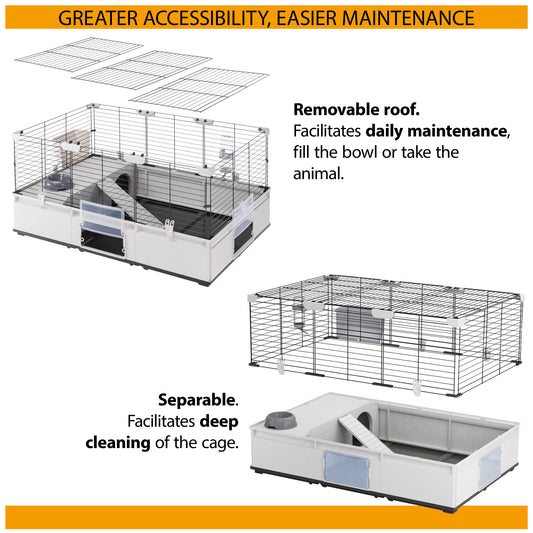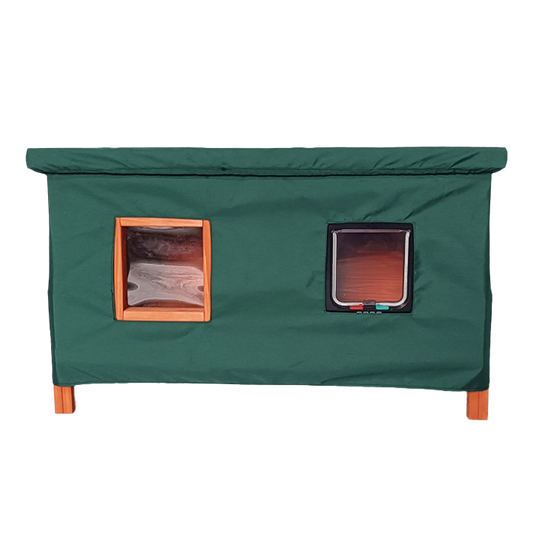By Karen Cornish
The Equality Act 2010 prohibits service providers from discriminating against those who need an assistance dog with them, including on all forms of public transport. An operator can request proof of an assistance dog's qualifications, which can be obtained from the training organization where your assistance dogs are trained.
If you are planning on travelling with your assistance dog, follow our guide so that your journey is plain sailing. For more information on assistance dogs, visit the Assistance Dogs UK website – assistancedogs.org.uk.
Overseas travel
If you wish to travel outside of Great Britain with your service dog, you will need to comply with the same travel regulations as pet dogs. Since the Pet Travel Scheme ended in January 2001 due to Brexit, the advice for travel outside of Great Britain has changed.
EU COUNTRIES AND NORTHERN IRELAND
When travelling to an EU country or Northern Ireland, your assistance dog needs:
· a microchip
· a valid rabies vaccination
· an animal health certificate (AHC) – obtained and signed by an official veterinarian (OV) no more than 10 days before travel
· tapeworm treatment if you’re travelling directly to Finland, Ireland, Northern Ireland, Norway, or Malta
Please check the rules of the country you’re travelling to for any additional restrictions or requirements before you travel.
OUTSIDE THE EU
If you’re travelling from Great Britain to a country outside the EU, you’ll need to get an export health certificate (EHC) which checks that your assistance dog meets the requirements of the country you’re travelling to.
Each country has its own EHC requirements so you should search for the country you’re travelling to at gov.uk/export-health-certificates to check them. In addition to the EHC, you will also need to fill in an export application for your assistance dog. A vet will need to check and sign before travel.
By air
Assistance dogs can accompany handlers in the aircraft cabin. For pet dogs, they travel in a secure airline-approved carrier in the hold. Airlines must accept assistance dogs without charge, but notify them 48 hours before your flight.
Before security, a designated area for your dog's toilet needs is provided. During the flight, assistance dogs typically sit on the floor in the front row. Larger dogs might need an extra seat for more space, often at an added cost. A safety harness secured to a locked seatbelt ensures their safety during take-off, landing, and when the seatbelt sign is on.
Guide Dogs UK recommends keeping the restraining harness on the dog throughout the flight, allowing them to move comfortably. Avoid using a dog lead or collar as a restraint, as it could lead to serious injury during turbulence.
By car
When your assistance dog travels in a vehicle's front footwell, ensure they stay lying down and don't distract the driver. On longer trips, secure them on the back seat using a canine seatbelt harness for comfort and safety.
Tips for long car journeys with your assistance dog:
- Let them stretch and toilet break every three hours.
- Pack water and a travel dog bowl for hydration.
- Avoid feeding within three hours before travel due to motion sickness.
- Monitor the vehicle's temperature and ensure proper ventilation for your dog.
By coach
Contact the operator you intend to use ahead of time to check how they can accommodate your assistance dog. Seating and floor space can vary between vehicles so it is helpful to know what is available. It is usually best if floor space is reserved in front of the seat next to you so that your dog has space to lie down and turn around.
For safety, your dog should be attached to a coach seatbelt using a travel harness. This will prevent injury in the event of the driver braking suddenly. Your dog will need regular rest breaks about every three hours to go to the toilet and stretch their legs so ensure your coach operator is aware of this and has breaks factored into their itinerary.
By rail
If you plan to travel on the Eurostar with your assistance dog, it’s advisable that you book in advance. This means that an additional space can be reserved for your dog free of charge and will also ensure that you have a place at a particular time. Due to Eurotunnel safety procedures, a train is only able to carry four assistance dogs at a time. In the unlikely event that a service is over-subscribed, assistance dog owners may be asked to wait for the next available service.
By water
Not all boats, ships, and docks are assistance-dog-friendly due to safety concerns. Verify with your vessel operator for any restricted ports. Keep in mind that certain cruise ship cabins might be cramped for comfort, especially for your assistance dog. Larger cabins, though pricier, offer better space but require early booking.
Ensure you inquire about designated toileting spots for dogs, as outdoor areas or indoor trays may vary based on the operator's policies.
If you enjoyed this article, why not read:
International Assistance Dog Week: All You Need To Know
Top Tips For Pets On Public Transport
Nourishing Hearts: How Feed a Rescue Pet Week Makes a Difference









